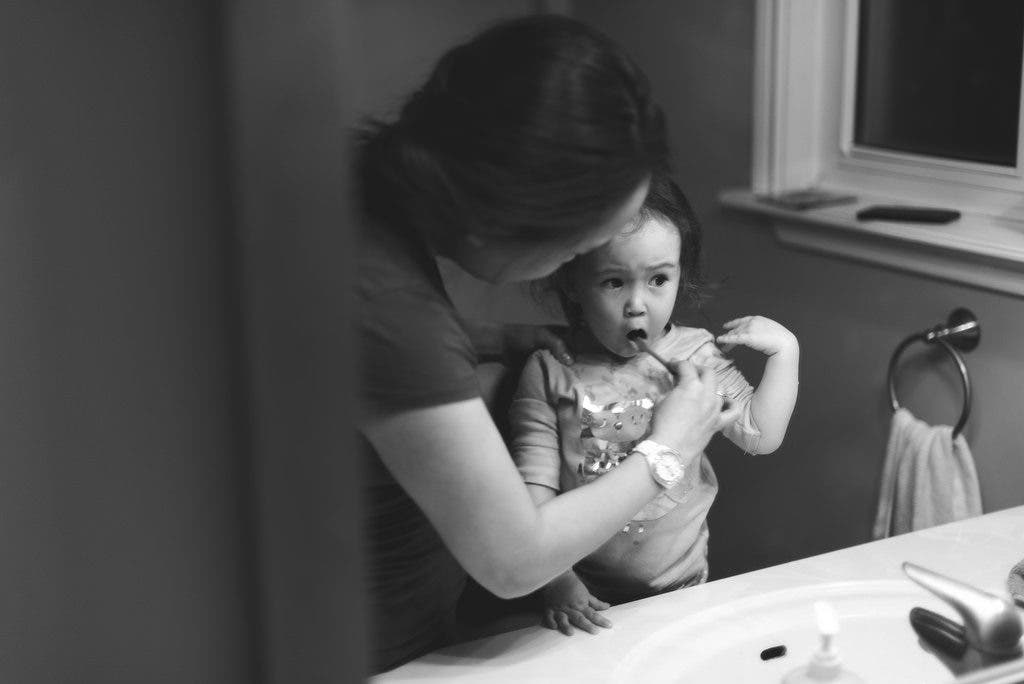An array of hundreds of different bacteria live in saliva. They can play a beneficial role by preventing pathogens from getting in. On the other hand, some bacteria can cause gum disease and other problems. How different bacteria establish themselves and where they come from are important for oral health. It could be due to environment or genetics, but the origin hasn’t been known.
Often, it is difficult to compare microbiomes because there are many confounding factors such as lifestyle and diet. A research group from the UK used DNA and saliva from an extended Ashkenazi Jewish family that was spread across four different cities on three different continents. Because the family shares genetic makeup and the same lifestyle as specified by their religion, but live in different households, the researchers were able to study the origin of their salival bacteria.
“It’s generally becoming known that there’s a link between our microbiomes and our health and that’s reason enough to find out what’s in there, how they arrived there, and what they are doing,” says Adam P. Roberts, senior lecturer in antimicrobial chemotherapy and resistance at the Liverpool School of Tropical Medicine.
The bacterial DNA from the family members’ saliva was sequenced. In total, the saliva from 157 family members was tested, along with saliva from 27 non-related Ashkenazi Jews as a control. Every sample contained the same main bacteria genera Streptococcus, Rothia, Neisseria, and Prevotella.

Different factors, such as household, city, age, and genetic relatedness were analyzed to determine which factor explained the bacterial composition the best. Household determined who shared the most similar microbiomes. In each household, spouses, parents, and children under 10 had the most similar bacteria. Older children had more different bacteria, perhaps because they are becoming more independent from the house. Genetic relatedness had no significant effect on the type of bacteria that people had.
In short, the environment during upbringing determines which bacteria that children get. It also appears to change through life, as older children had a different microbiome. The bacterial composition of saliva is important for oral health, and perhaps manipulating the shared environment could control which bacteria become introduced.
Journal reference: Liam Shaw, Andre L. R. Ribeiro, Adam P. Levine, Nikolas Pontikos, Francois Balloux, Anthony W. Segal, Adam P. Roberts, Andrew M. Smith. The Human Salivary Microbiome Is Shaped by Shared Environment Rather than Genetics: Evidence from a Large Family of Closely Related Individuals. mBio, 2017; 8 (5): e01237-17 DOI: 10.1128/mBio.01237-17


